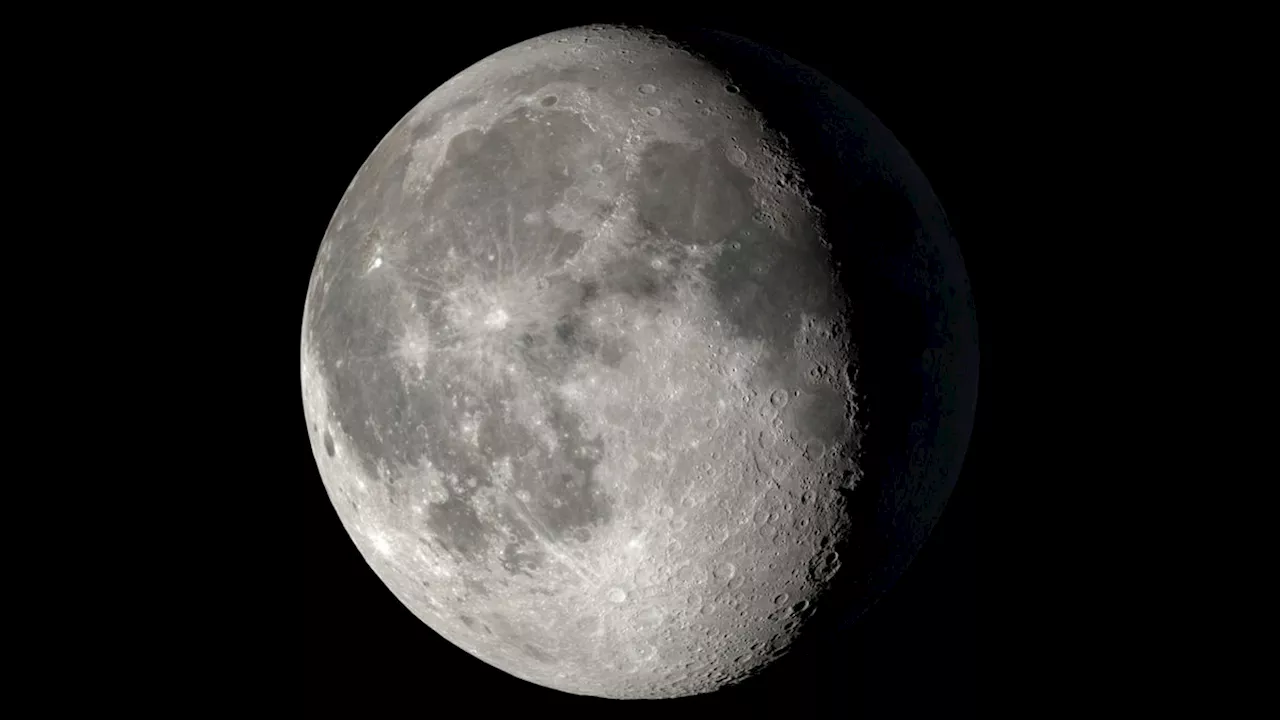A new study suggests that a volcanic remelting event 4.35 billion years ago may have reset the age of lunar rocks, making the moon appear younger than it actually is. This finding could explain a discrepancy between the age of lunar rocks and the estimated age of the moon based on its formation.
The moon may have received a volcanic facelift, making it more than 100 million years older than rocks collected from its surface might suggest, a new study finds.is older. For instance, there are rare lunar zircon minerals that suggest the moon was born about 4.5 billion years ago. In addition, many scientists who have created simulations of planetary formation suggest that a collision huge enough to create the moon was unlikely to happen a quarter-billion years after the origin of the.
Much about the origin of the moon remains shrouded in mystery. Previous research suggested it formed between a collision between the newborn Earth and a Mars-size rock dubbedand other means. These rocks likely crystallized from the magma ocean that covered the moon after that final giant impact. The analyses suggested the moon is about 4.35 billion years old, which is a relatively young age. In comparison, the solar system began forming about 4.
The cause of this remelting is the same kind of tidal effects that cause our planet's seas to rise and fall. Just as the moon's gravity tugs on Earth, so too does Earth's gravity pull on the moon.Breaking space news, the latest updates on rocket launches, skywatching events and more!Receive email from us on behalf of our trusted partners or sponsorsfar more closely than it does now, and Earth's tidal effects on the moon were far stronger than they are today.
The new study makes predictions that future research could test with lunar rocks acquired by China's upcoming Chang'e 6 mission to the far side of the moon."A further lunar sample return would be very helpful," Nimmo said.
Planetary Science Moon Lunar Geology Volcanism Age Determination
United States Latest News, United States Headlines
Similar News:You can also read news stories similar to this one that we have collected from other news sources.
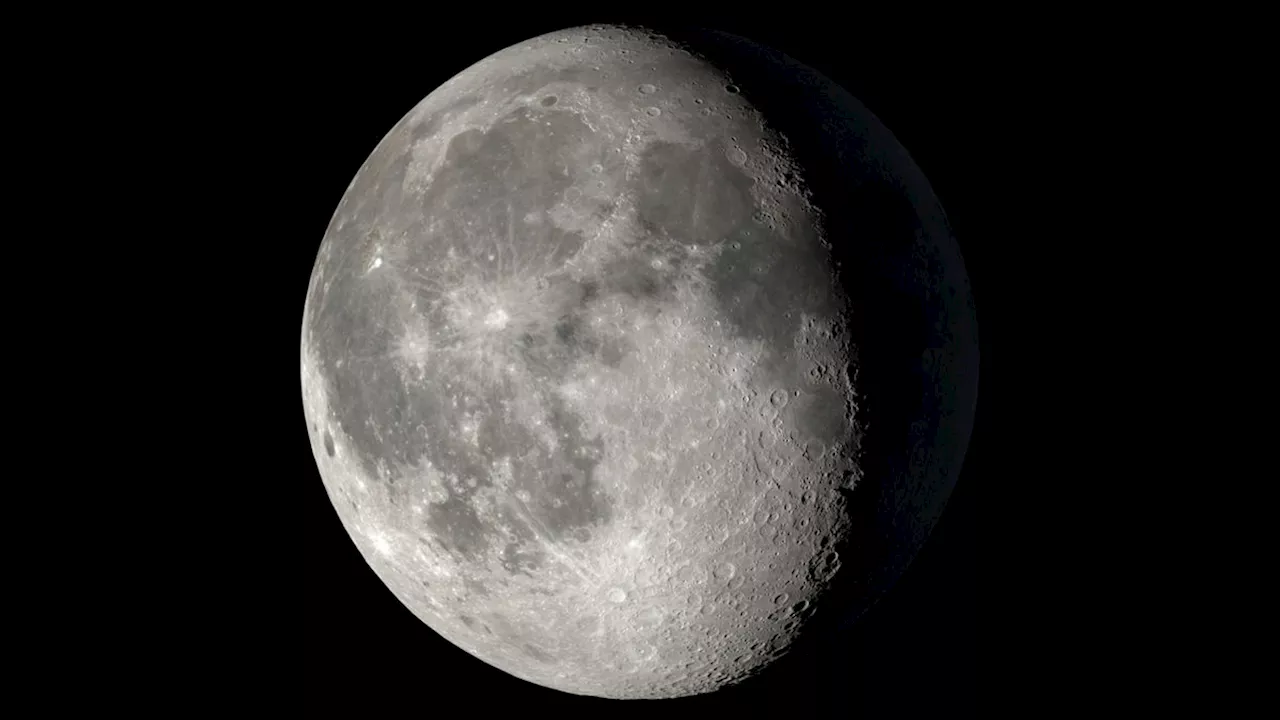 Lunar Volcanic Facelift: Rethinking the Moon's AgeA new study suggests the Moon's surface may have 'remelted' 4.35 billion years ago, potentially masking its true age.
Lunar Volcanic Facelift: Rethinking the Moon's AgeA new study suggests the Moon's surface may have 'remelted' 4.35 billion years ago, potentially masking its true age.
Read more »
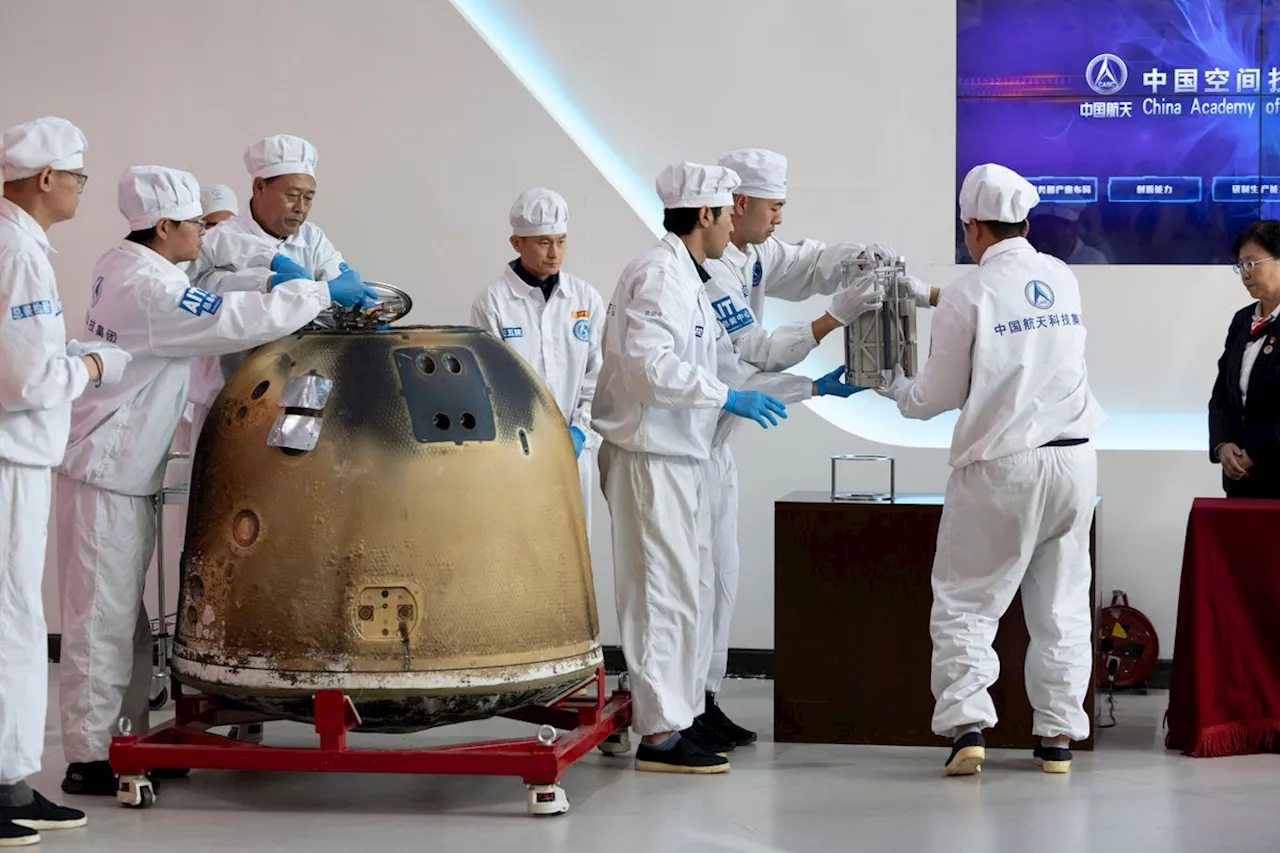 First Rocks Returned from Moon’s Far Side Reveal Ancient Volcanic ActivitySamples from the far side of the moon gathered by China’s Chang’e-6 mission record eons of tumultuous lunar history
First Rocks Returned from Moon’s Far Side Reveal Ancient Volcanic ActivitySamples from the far side of the moon gathered by China’s Chang’e-6 mission record eons of tumultuous lunar history
Read more »
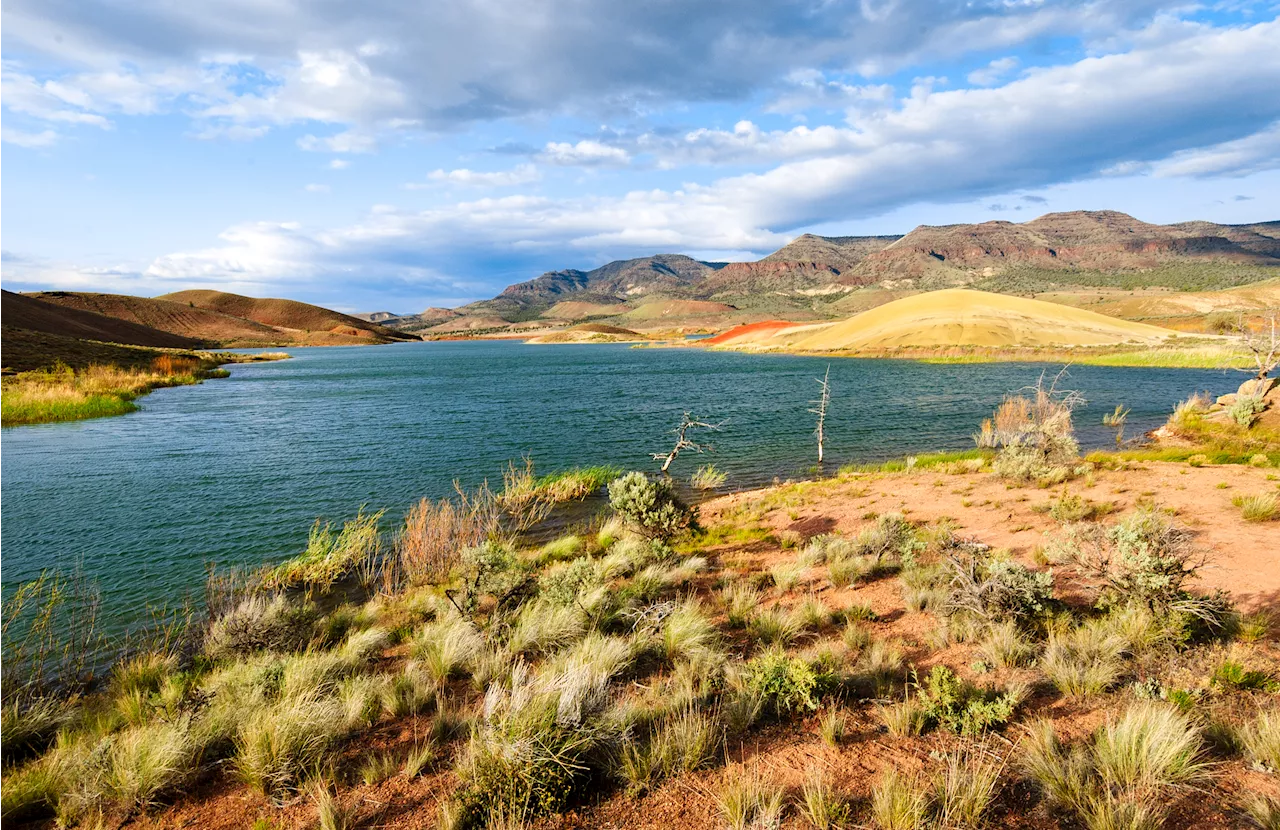 Oregon's Volcanic Rocks Could Unlock Major Carbon Storage PotentialGeologists are exploring storing carbon in Oregon's ancient basalt to combat climate change.
Oregon's Volcanic Rocks Could Unlock Major Carbon Storage PotentialGeologists are exploring storing carbon in Oregon's ancient basalt to combat climate change.
Read more »
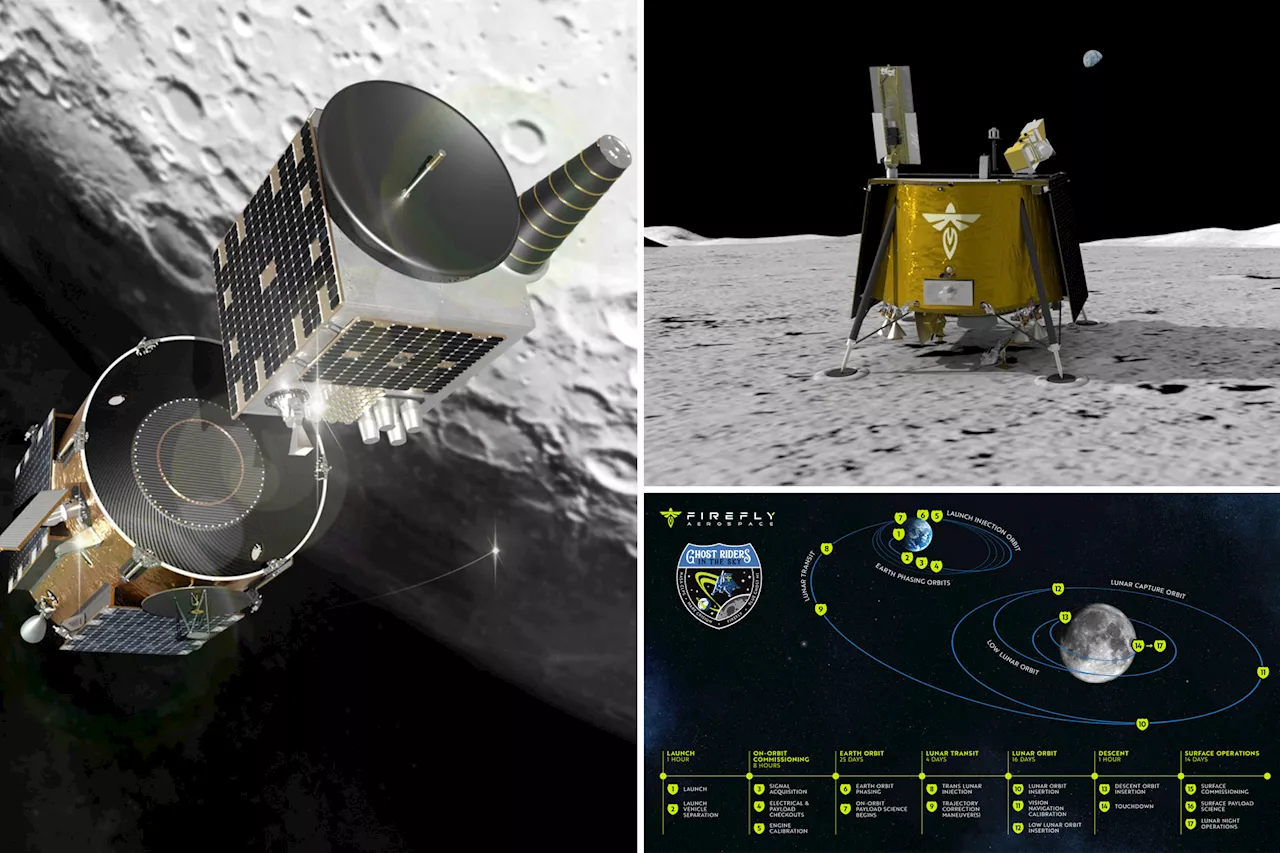 Firefly’s Blue Ghost lunar lander to study space weather, pesky moon dust using NASA scienceToday's Video Headlines: 12/17/24
Firefly’s Blue Ghost lunar lander to study space weather, pesky moon dust using NASA scienceToday's Video Headlines: 12/17/24
Read more »
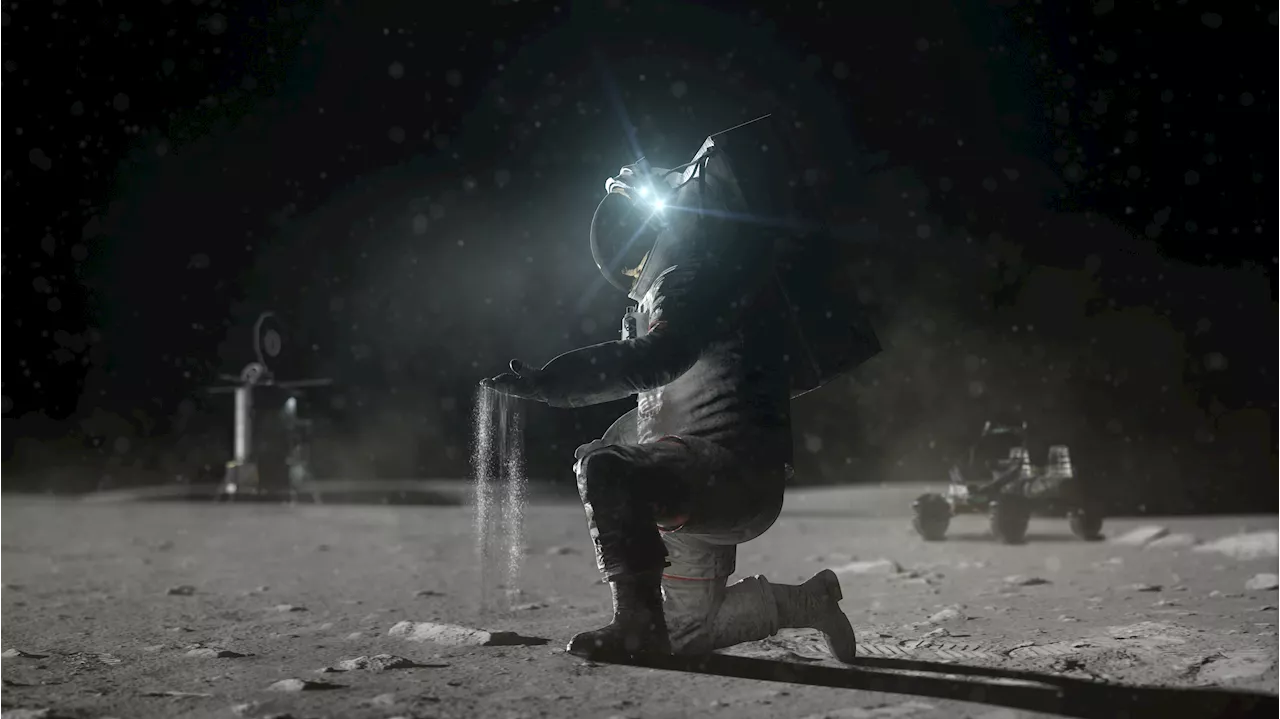 NASA Technologies Aim to Solve Housekeeping’s Biggest IssueDuring the flight test with Blue Origin, seven technologies developed by NASA’s Game Changing Development (GCD) program will study regolith mechanics and lunar dust transport in a simulated lunar gravity environment.
NASA Technologies Aim to Solve Housekeeping’s Biggest IssueDuring the flight test with Blue Origin, seven technologies developed by NASA’s Game Changing Development (GCD) program will study regolith mechanics and lunar dust transport in a simulated lunar gravity environment.
Read more »
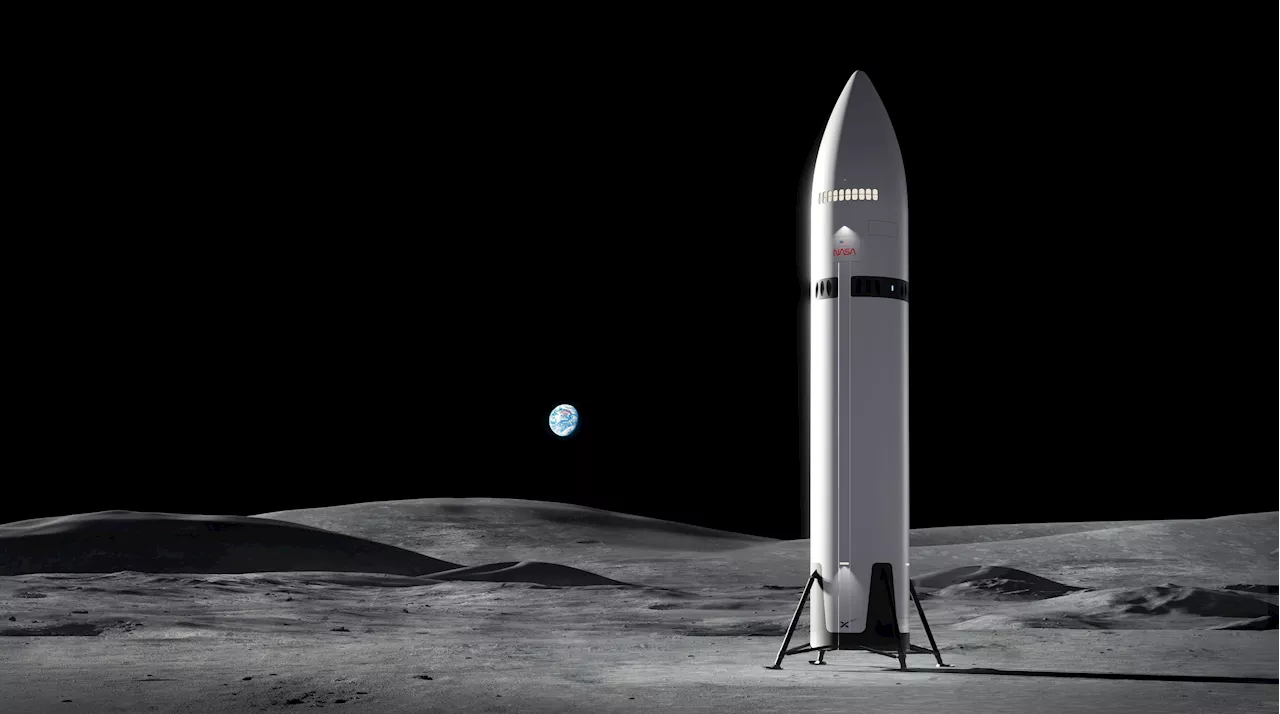 NASA, SpaceX Illustrate Key Moments of Artemis Lunar Lander MissionNASA is working with U.S. industry to develop the human landing systems that will safely carry astronauts from lunar orbit to the surface of the Moon and back
NASA, SpaceX Illustrate Key Moments of Artemis Lunar Lander MissionNASA is working with U.S. industry to develop the human landing systems that will safely carry astronauts from lunar orbit to the surface of the Moon and back
Read more »
